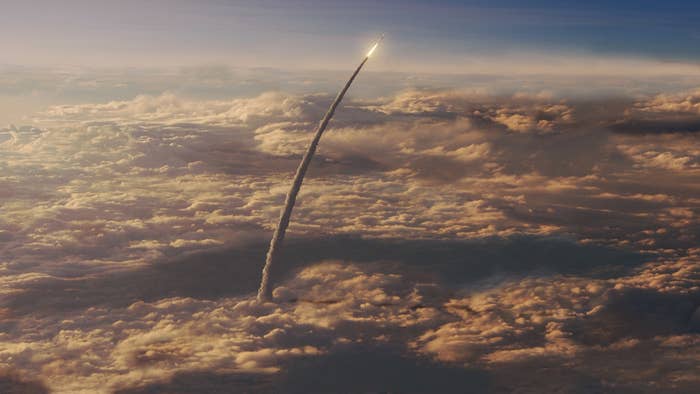
NASA decided to nix sending people around the moon in 2020, despite finding it would likely be safe for astronauts, concluded a newly released space agency report.
In May, NASA's acting administrator, Robert Lightfoot, had announced the decision not to fly people aboard the planned Exploration Mission-1 (EM-1), the first mission of the jumbo Space Launch System rocket.
It came despite a request by President Donald Trump to consider including astronauts aboard the planned Orion space capsule trip, now planned as an unmanned three-week trip around the moon in 2019.
"NASA concluded crew could have flown on Exploration Mission-1 (EM-1), provided timely and sufficient funding," the report signed by Lightfoot read, if the launch were rescheduled for 2020.
Although NASA typically doesn't fly people aboard first launches of rockets, the maturity of the SLS rocket engines (they are repurposed space shuttle engines) and the previous flight of a test Orion capsule in 2014 added to assurances of flight safety for astronauts. The rub was a $600 million to $900 million price tag, that the space agency didn't have, to upgrade the capsule for people.
Making EM-1 a crewed mission would have had "significant" benefits, the report adds, including a "better overall flow" of future missions and acceleration of future plans to someday send people to Mars aboard spacecraft launched by SLS rockets.
BuzzFeed News had requested the summary report in May, when Lightfoot made the announcement.
"NASA wants people to know it could have done this, if they had the money, but won't because they don't," Keith Cowing of NASA Watch told BuzzFeed News. "It does kind of beg the question of why they weren't doing it this way all along if it was such a great idea."
